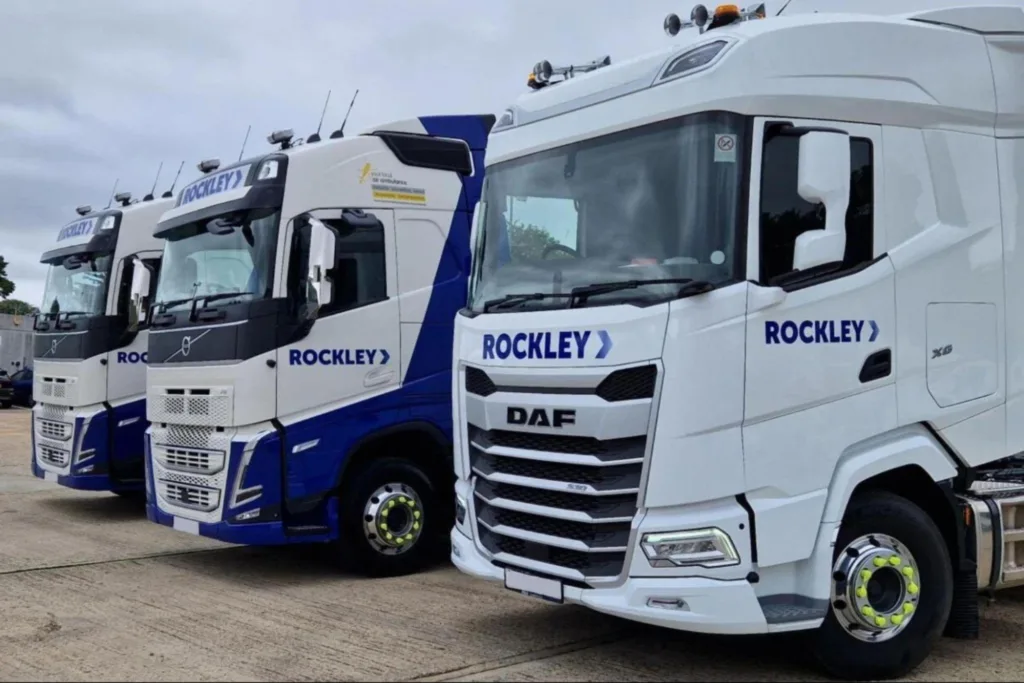Customer FAQs About Heavy Haulage Services Answered
These loads can include construction machinery, industrial equipment, large vehicles, wind turbine components, mining machinery, transformers, or even entire modular buildings.
Heavy haulage is a critical sector within logistics and infrastructure development. It requires meticulous planning, engineering expertise, and adherence to strict regulations.
- What falls under heavy haulage?
What qualifies as “heavy haulage” is one of the most common heavy haulage FAQs and can vary by jurisdiction, but typically includes any consignment that exceeds the following thresholds:
- Weight: Generally over 44 tonnes gross vehicle weight in the UK or equivalent thresholds in other countries.
- Width: Over 2.9 metres.
- Height: Typically over 4.5 metres.
- Length: Often above 18.65 metres.
Items that fall under heavy haulage are often indivisible, meaning they cannot be broken down into smaller parts for easier transport. Examples include:
1. Construction and Earthmoving Equipment
2. Industrial Machinery and Plant Components
3. Power and Energy Equipment
4. Modular and Prefabricated Structures
5. Marine and Aerospace Components
6. Agricultural and Mining Equipment
7. Military and Defence Equipment
- Why do heavy haulage companies need to comply with regulations?

Compliance with regulations is not optional but fundamental for any heavy haulage company due to the inherent risks, complexities, and legal responsibilities involved in transporting oversized and overweight loads.
Regulatory compliance ensures that such operations are carried out safely, efficiently, and in a manner that minimises risk to the public, the infrastructure, and the environment.
- Ensuring Road Safety
Without adherence to strict regulations, such as speed limits, axle load restrictions, escort vehicle requirements, and driver qualifications, loads can pose serious hazards to other road users.
- Protecting Public Infrastructure
Oversized loads can cause excessive stress on roads, bridges, and tunnels. Regulatory frameworks often require pre-approved routing based on engineering assessments that determine whether infrastructure can withstand the weight and dimensions of a heavy load.
- Legal Liability and Insurance
Operating within legal boundaries not only ensures accountability but also protects companies from litigation and operational shutdowns.
- Environmental Considerations
Compliance ensures that heavy haulage operations align with broader sustainability goals, including fuel efficiency and low-impact routing.
- Operational Efficiency and Coordination
Regulatory compliance facilitates smoother communication, pre-approved permits, and access to restricted zones, thereby reducing delays, avoiding route conflicts, and ensuring timely delivery.
- Professional Reputation and Trust
A proven track record of regulatory adherence enhances a company’s credibility and positions it as a reliable, professional service provider in a highly specialised field.
- How do I operate a heavy goods vehicle in the UK?
To operate a heavy goods vehicle (HGV) in the UK, you must first obtain the correct driving licence Category C for rigid HGVs or Category C+E for articulated lorries.
You’ll also need a Driver CPC (Certificate of Professional Competence), which involves both theory and practical training. If you’re running a transport business, securing an Operator’s Licence is mandatory.
You must adhere to strict rules regarding driver hours, use tachographs to record activity and ensure your vehicle meets emissions standards, especially in Clean Air Zones.
Regular maintenance checks, proper load securing, insurance, and road tax are also legally required to answer the Heavy Haulage FAQs UK.
- What are the challenges of transporting heavy and oversized loads?

Transporting heavy and oversized loads presents complex challenges, including route restrictions such as low bridges, narrow roads, and weight-limited structures, which require careful planning.
Hence, it is one of the most common questions about heavy haulage in the UK.
Securing the proper permits and escorts is mandatory and often time-consuming. These loads demand specialised vehicles and equipment, and even minor errors in loading or securing can pose serious safety risks.
Additionally, navigating through urban areas or across borders adds layers of regulatory compliance and logistical coordination, making the process both high-risk and resource-intensive.
- How does a logistics provider handle oversized cargo?
Handling oversized cargo requires a logistics provider to take a highly strategic and regulated approach to heavy haulage customer queries.
The process begins with a comprehensive site and route survey to identify obstacles such as low bridges, tight turns, or weight-restricted roads.
The provider then secures the necessary permits, which may include police escorts, local authority approvals, or special routing arrangements.
Next, the appropriate specialised transport equipment, such as modular trailers, low loaders, or extendable flatbeds, is selected based on the cargo’s weight, dimensions, and structural requirements.
Load securing and engineering checks are conducted to ensure the cargo is safely balanced and stable throughout the journey.
Coordination with multiple stakeholders, including traffic authorities, utility companies, and sometimes rail or port terminals, is essential for seamless execution.
Throughout the process, real-time tracking and contingency planning are implemented to address any unforeseen issues that may arise.
- Why is heavy haulage more expensive than general haulage?
Heavy haulage is significantly more expensive than general haulage due to the specialised nature of the equipment, planning, and expertise required.
Unlike standard freight, heavy haulage involves transporting oversized or overweight loads that demand custom-engineered trailers, multi-axle configurations, and often escort vehicles or police supervision.
Additionally, the process requires detailed route surveys, structural assessments, and permit applications, which add administrative and operational costs.
Fuel consumption is also higher, given the increased vehicle weight and the complexity of movement, as UK heavy transport explained.
Moreover, drivers must possess advanced qualifications, and logistics teams must coordinate with multiple authorities, which increases labour and time costs.
Insurance premiums and risk management measures are also elevated due to the high-value and high-risk nature of the cargo.
- What are the safety standards for heavy goods vehicles (HGVs)?
Heavy Goods Vehicles (HGVs) in the UK must meet strict safety standards set by the Driver and Vehicle Standards Agency (DVSA).
These include regular inspections and annual MOT testing to ensure compliance with roadworthiness and brake performance, lighting, steering, and suspension requirements.
HGVs must be equipped with tachographs to monitor driver hours, and drivers are required to adhere to regulations governing rest and driving times.
Vehicles must also adhere to load-securing standards, ensuring cargo is safely restrained during transit.
Additionally, HGVs operating in urban areas may be required to meet Direct Vision Standards (DVS) and be equipped with safety features, including side guards, blind spot mirrors, and warning systems.

